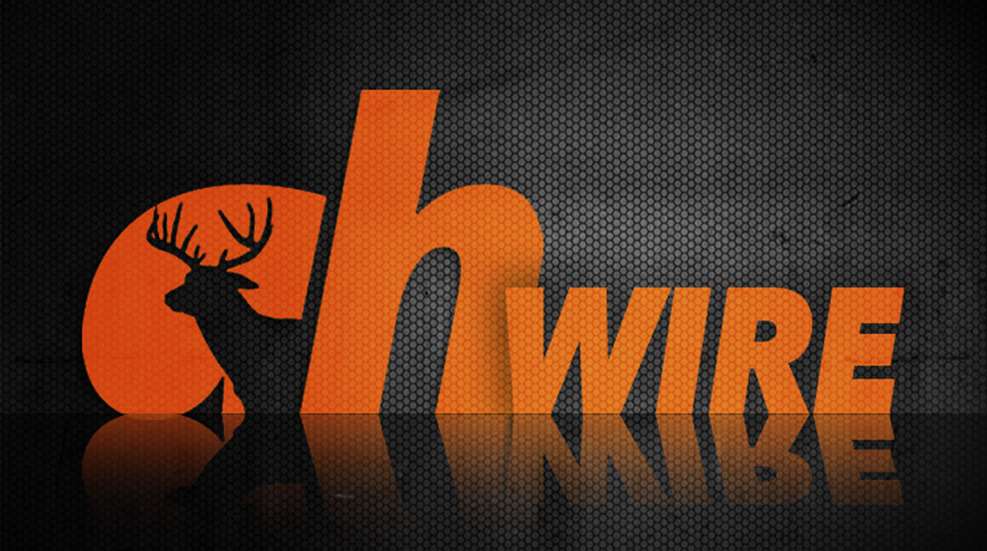
We try to get experts in every issue of American Hunter to spill their hard-earned secrets on tracking, new waterfowl tactics, whitetail behavior....But in this sultry month of June, we decided to step back from the finite how-to that encompasses each pursuit and print the 10 things every hunter should know. Boy did we start a row. We all had different notions of what the 10 must-know skills should be. So we finally settled on these 25 after realizing this magazine didn't have room to fit 50.
Here are a few excerpts, along with skills cards you can print out, take home and even take hunting. That way, you'll never be without these must-have tips.
1. How to Sight in a Rifle
Countless rounds are expended every year in the weeks and days before deer season as hunters across the country try to sight in a new rifle or new rifle/scope combination. There are many schools of thought about sighting-in, but no matter whether you begin at 25 yards or 100, there is only one way to adjust open sights or scope crosshairs correctly.
2. How to Shoot a Rifle
No doubt most of us have shot rifles so long it comes naturally. But it's another thing entirely to teach someone how to do it. Here's a primer on the basics (for right-handed shooters).
3. Five Knots Every Hunter Should Know
We could all learn a thing or two from Boy Scouts, climbers and rescue personnel, who can tie the following knots in their sleep.
4. How to Start an Emergency Fire
Store-bought fire starters, such as WetFire, are easy to pack and they work. WetFire comes in small, individually packaged dry pellets of compressed fire starter that can be shaved into a tinder bundle or broken up and spread among kindling.
5. How to Treat Fractures
A closed fracture is a broken bone that has not caused an open wound. A victim won't want to move the injured area. Swelling may occur. An open, or compound, fracture has the same symptoms plus the sharp edges of the broken bone have cut through the skin.
6. How to Determine North Without a Compass
Don't fret about which side of the tree the moss grows on-that doesn't work anyway. Use the sun. It rises in the east and sets in the west. When you're far enough from the equator the sun's position at midday will also tell you north and south; for example, during autumn in the Northern Hemisphere the sun will stay in the southern part of the sky as it travels.





































